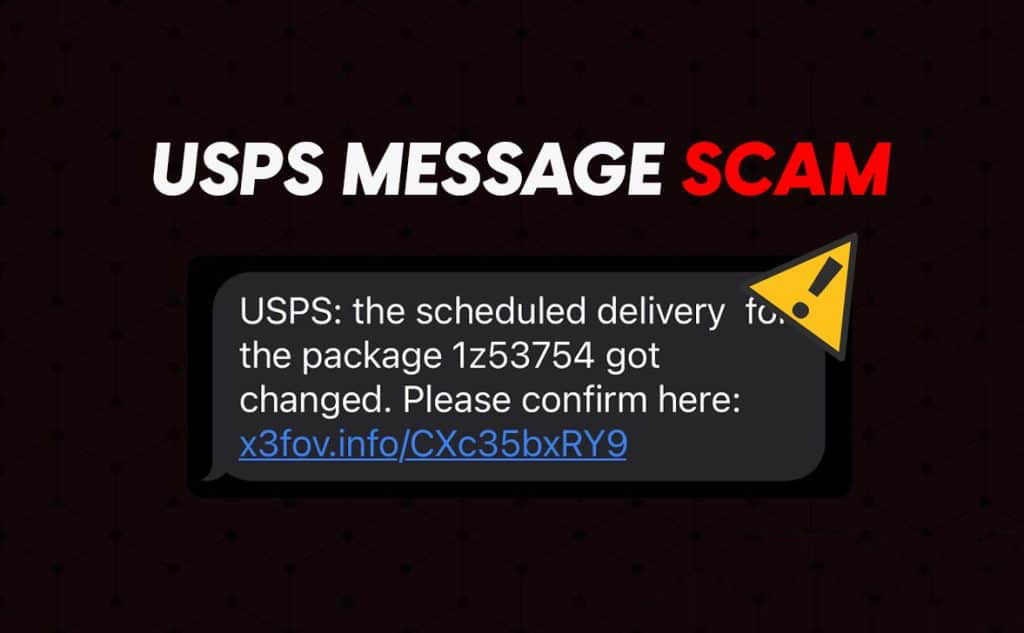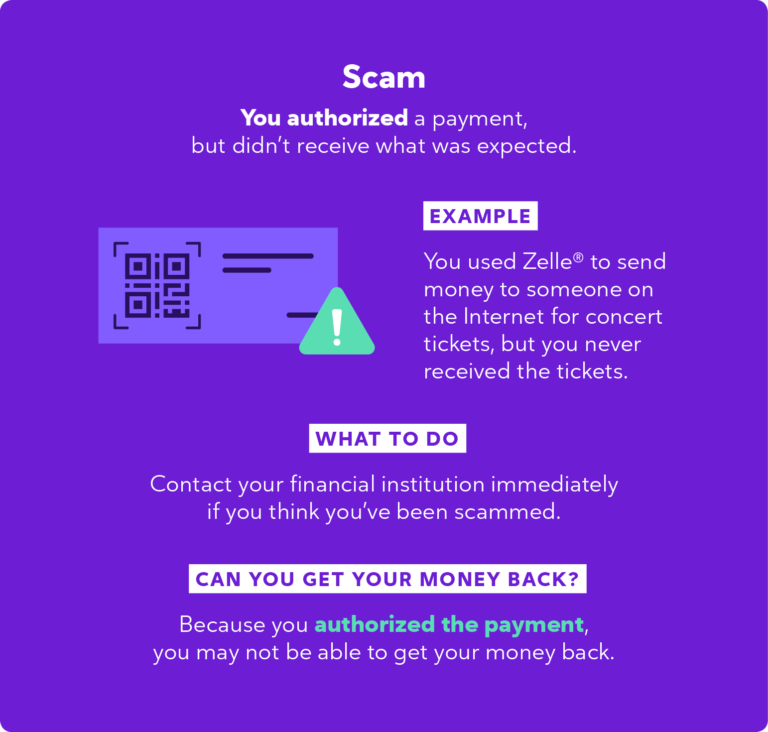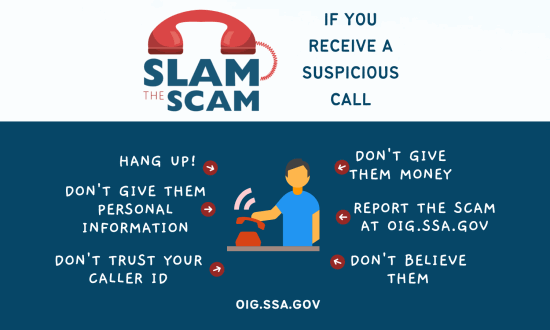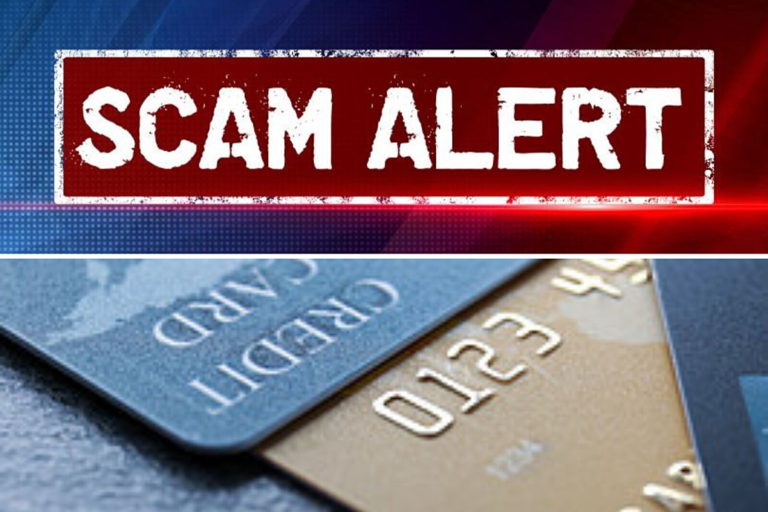USPS Scam Text: USPS Package Scam Text

In today’s digital age, scams have taken on various forms, and one that has gained notoriety is the USPS scam text. Scammers often impersonate reputable organizations like the United States Postal Service (USPS) to deceive individuals and steal personal information or money. In this blog post, we will delve into the world of USPS scam texts: what they are, how they work, and, most importantly, how to recognize and protect yourself from these deceptive schemes.
Understanding the USPS Scam Text
The USPS scam text is a fraudulent text message sent by scammers who impersonate the USPS. These messages are designed to trick recipients into taking certain actions that can compromise their personal information or financial security. Here’s how the USPS scam text typically unfolds:
The Anatomy of USPS Scam Texts:
- Fake Notifications: You receive a text message that appears to be from USPS, often stating that they have an important package or delivery notification for you.
- Urgent Language: The message may use urgent or attention-grabbing language, such as claiming that a package is pending delivery or that a fee is owed.
- Phishing Links: The text message often contains a link that supposedly leads to more information about the package or delivery. Clicking on the link can take you to a fake website that mimics the USPS site.
- Personal Information Request: On the fake website, you may be prompted to enter personal information, such as your name, address, phone number, or even payment details, under the guise of verifying your identity or paying a fee.
- Malware Downloads: In some cases, clicking on the link can lead to the download of malware onto your device, which can compromise your data and security.
Recognizing the Red Flags
Spotting the warning signs of USPS scam texts is essential for protecting your personal information and financial well-being. Here are common indicators to be aware of:
- Unsolicited Messages: Be cautious of unsolicited text messages, especially if they claim to be from USPS or any other organization you haven’t interacted with recently.
- Urgent or Threatening Language: Scam texts often use language designed to create a sense of urgency or fear, pressuring you to take immediate action.
- Unusual Links: Avoid clicking on links in unsolicited messages, particularly if they lead to websites that don’t have the official USPS domain.
- Requests for Personal Information: USPS will not typically request personal information or payment details via text message.
Protecting Yourself From USPS Scam Texts
Defending against USPS scam texts requires vigilance and informed decision-making:
- Verify Through Official Channels: If you receive a text message from USPS or any organization that seems suspicious, verify its legitimacy by contacting USPS directly through their official website or customer service.
- Don’t Click on Suspicious Links: Avoid clicking on links in unsolicited messages. If you need to track a USPS package or verify a delivery, use the official USPS website or app.
- Be Wary of Personal Information Requests: Never share personal information or payment details in response to unsolicited messages, especially if you didn’t initiate the contact.
- Install Anti-Malware Software: Consider installing reputable anti-malware software on your devices to protect against malicious downloads.
- Report Scam Texts: Report suspicious text messages to your mobile carrier and the Federal Trade Commission (FTC) by forwarding the message to 7726 (SPAM).
Conclusion
USPS scam texts are a deceptive tactic used by scammers to steal personal information and compromise financial security. By staying informed, practicing caution, and recognizing the red flags associated with these scams, you can protect yourself from falling victim to deceptive fraudsters. Remember that legitimate organizations like USPS will not request sensitive information or payments through unsolicited text messages, and it’s always better to verify the legitimacy of such messages through official channels.






